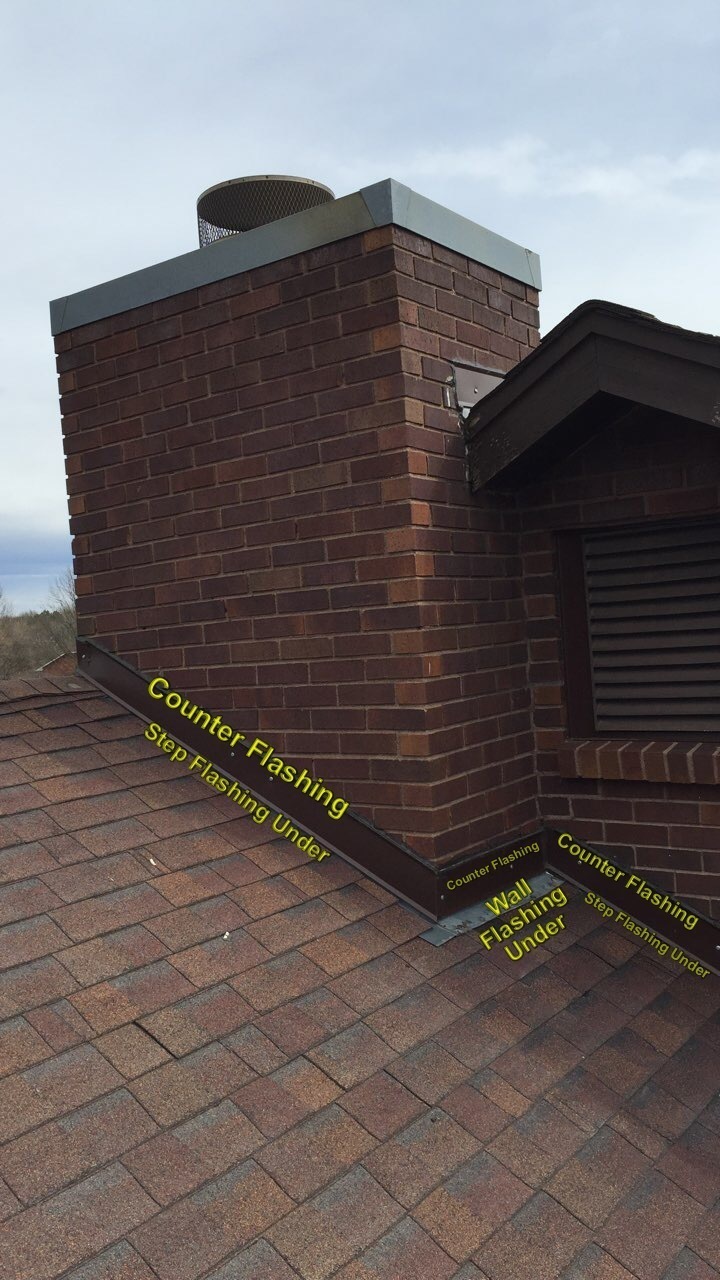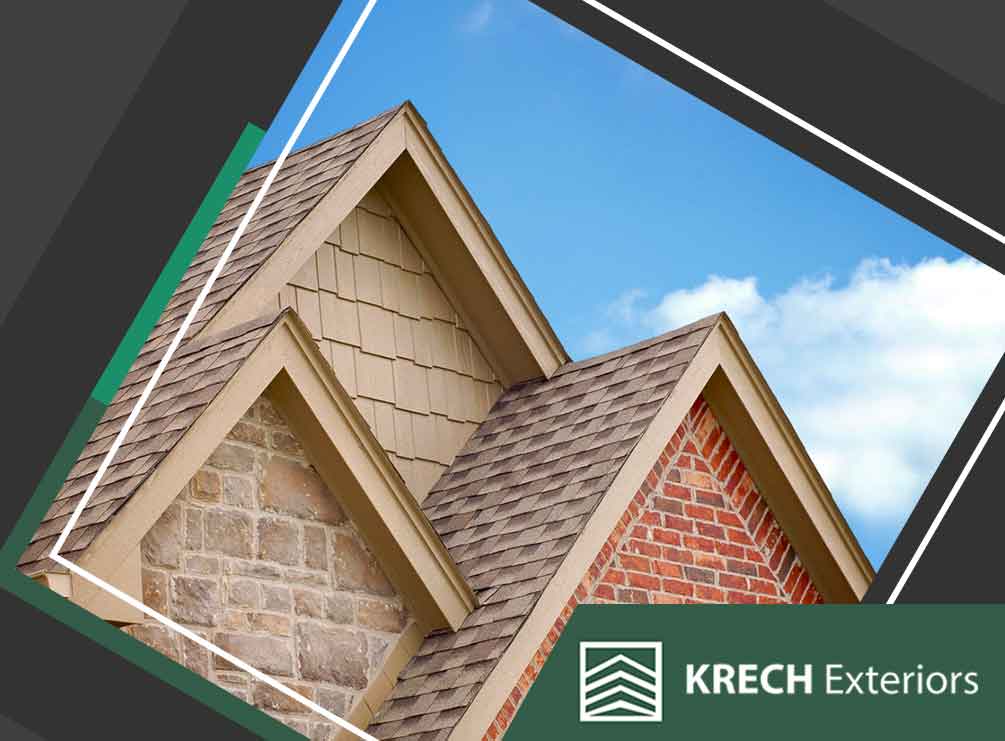Table of ContentsRoof Flashing Done RightRoof Flashing Guide: From Drip Edge To Valley FlashingStep And Kick-out Flashing At Roof-wall IntersectionsRoof Flashing Systems
 What Is Metal Roof Flashing And Why Do You Need It?
What Is Metal Roof Flashing And Why Do You Need It?
For more details or to set up a roofing assessment for your home, contact Hedrick Construction. We are conveniently located in Huxley, Iowa, and serve Ankeny, Ames, and the surrounding locations.
 Roof Flashing: What Is It And Why Is It Important?
Roof Flashing: What Is It And Why Is It Important?
Roof flashing supplies security for various areas of your roofing system and works in conjunction with your roofing material. Flashing is used to roof corners and valleys, in addition to objects that jut out through your roofing. So let's speak about what precisely is roofing flashing. How does it work? Where is it used? And the different roofing flashing types such as counter flashing or step flashing.
Flashing is used to keep roofing system elements water resistant and avoid any damage. Without flashing, roofing elements such as the junctions between walls, dormers, or chimneys might enter into contact with water which can fill, leakage, and harm the part or the structure of your home. In brief, the roofing system flashing keeps the integrity of your house intact.
Flashing can be installed with nails, glue, and caulking in order to keep your roofing system waterproof. Roofing flashing installation happens throughout your roof, including all of the following locations: the joints discovered throughout your roofing system structure are more prone to penetration from water, as are roof valleys. Roofing system joints often aren't leak-proof, and roof valleys gather more water than the remainder of the roofing. Chimney flashing is necessary because water can go through and gather right at the base of a chimney. Chimney flashing need to be set up at the base of your chimney to keep water from infiltrating the joint between your roof and your http://rowanvpzh339.almoheet-travel.com/how-roof-flashing-works-the-roof-expert chimney. It's most likely best roofing companies Tucson - DCRoofingArizona.com that your roofing system has a few pipelines that penetrate the surface area of your house.
Everything You Should Know About Roof Flashing
These pipes can compromise a water resistant roof if they are left vulnerable. Specialized "pipeline boots", which work exactly as it sounds, can be put around these pipes in order to protect your roof. Kickout flashing is installed at the lowermost joint between your roof and your wall. The kickout flashing, likewise referred to as diverter flashing, diverts rainwater far from your wall and into your rain gutter to prevent any sort of saturation leaks in your roofing system.
The primary purpose of roofing flashing is to protect your home from moisture & saturation. The flashing extends listed below your roof and adjacent to siding to produce a solid, weatherproofing seal on your home to protect you from the elements. It is likewise far more durable and lasts longer than attempting to seal or caulk around the spaces.
These methods consisted of angling roof shingles far from the joints, installing chimneys at the ridge, and building steps off to the sides of chimneys to divert water. In addition, roofing flashing is less prone to temperature variations. If and when the other components of your roofing shift slightly, due to growth from heat or ice, the flashing will still have the ability to function as a barrier from the aspects.
Flashing likewise adds a clean, ended up aim to your roofing. There are locations of roofings and outside walls that are more vulnerable to leakages and water damage such as the valleys or junctions where roof areas or walls meet. It is normally set up around structures that converge with the roofline such as dormers, skylights, vents, and chimneys.
Roofing: How To Install Step Flashing (Diy)
Although you may see rubber or plastic flashing out in the market, metal flashing is the more popular kind of flashing. One of the most common kinds of metal flashing product used is aluminum since it is usually the most economical, resilient, and weather-resistant. For beginners, counter flashing is only one type of flashing and is a method that is used to assist prevent moisture from penetrating into a house behind the vertical flange of a headwall or sidewall flashing.
In some cases the product used, such as vinyl, for the exterior wall siding will suffice to act as counter flashing itself and other times a different aspect is installed. This is specifically important in a structure where walls are either brick or stone. The counter flashing setup process is among the most fundamental parts of finishing any roof.
Counter Flashing The waterproof membrane is the first layer that is set before the shingles are installed, called the base flashing. This membrane not just covers the very first layer of the roof however also gets turned up the neighboring walls or chimneys to help with the flashing procedure of any joints or valleys between structures.
https://www.google.com/maps/embed/v1/directions?key=AIzaSyAT8ig6vIZpArpz5aokN-7eevoH-Unfy0Y&origin=32.1433135,-110.9163409&destination=2730 S Jeftoria Rd&mode=driving
One side of the L-shaped aluminum flashing lays underneath the shingle while the other side connects up against the side of the wall. This layer is called the step flashing. In contrast to step flashing, the next layer is installed as a constant strip. It is set up either behind or on top of the wall nearby to the shingles and covers the step flashing.
What Is Roof Flashing?
Depending on the circumstance, a roof with step flashing installed might sufficient in itself when integrated with vinyl siding that can function as counter flashing as long as the step flashing goes underneath it. Otherwise, counter flashing is an important requirement for all roofings. Counter flashing installation can be done utilizing among three strategies.
DC Roofing of Arizona
Tucson, AZ
(520) 979-9095
https://www.dcroofingarizona.com/
https://www.google.com/maps?cid=13615084232433183222
This kind of setup is just plausible throughout a new construction task; otherwise, it generally shows to be cost-prohibitive. The 2nd strategy used to install counter flashing is called surface-mount flashing. This technique attaches the flashing to the outside siding by utilizing a sealant, generally caulk, to seal the top of the surface-mount flashing.